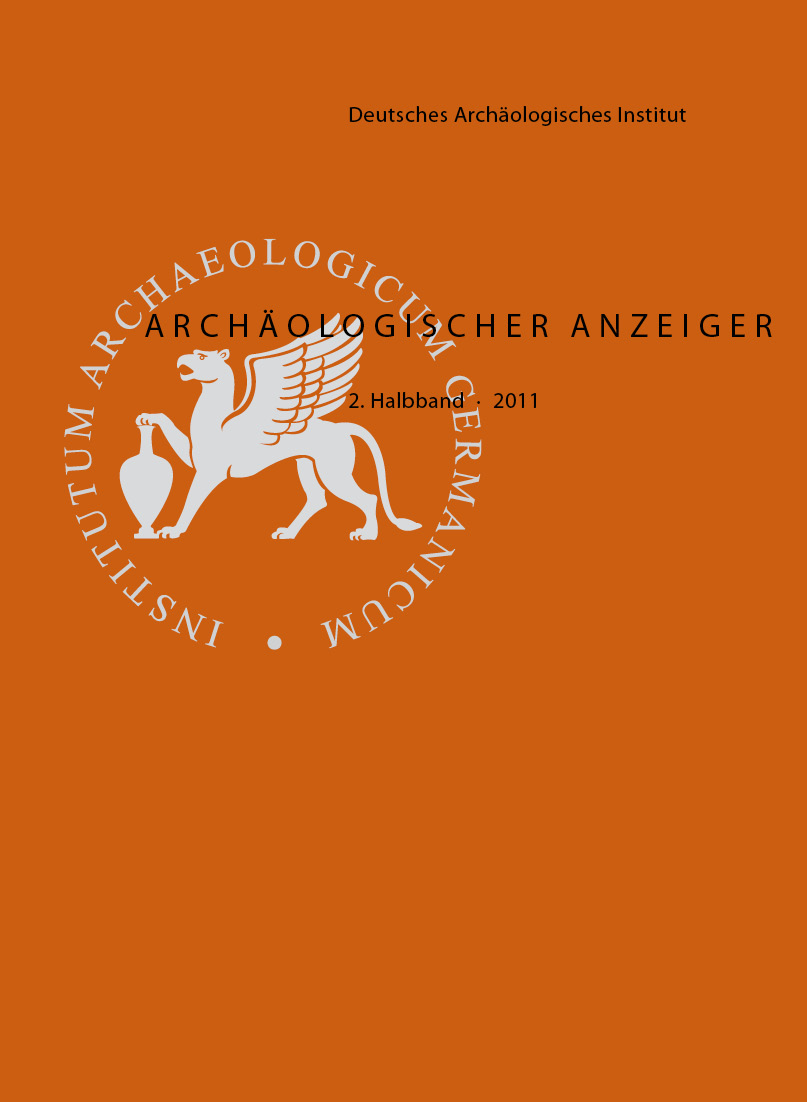Keramik aus Meroë und Hamadab. Bericht über die ersten Ergebnisse zur Klassifizierung durch Nachbrennen (MGR-Analyse) und chemische Analyse (WD-RFA)
https://doi.org/10.34780/mfj5-xmf6
Abstract
Aus dem Areal der sog. Royal Baths in Meroë und der städtischen Siedlung Hamadab wurden bisher 143 Keramikproben nach ihrer Zusammensetzung klassifiziert, wobei MGR-Analysen durch Nachbrennen kleiner Keramikfragmente bei 1100–1200 °C, wellenlängendispersive Röntgenfluoreszenzanalysen (WD-RFA) und Dünnschliffuntersuchungen zum Einsatz kamen. Diese Klassifizierung dient als Grundlage für die archäologische Bearbeitung der Keramik. Es zeigte sich eine unerwartet große Variabilität der an beiden Orten verwendeten Rohstoffe. Durch Vergleich mit Tonproben aus der Region sind die verwendeten Tontypen als lokal vorhandene alluviale Niltone, Waditone und hell brennende kaolinitische Tone zu identifizieren. Sowohl in Meroë als auch in Hamadab wurden vor allem die alluvialen Niltone, aber auch untereinander verschiedene Waditone verwendet. Soweit die in Anbetracht der großen Variabilität noch geringe Probenzahl repräsentativ ist, fehlen im Areal der sog. Royal Baths in Meroë Gefäße aus kaolinitischen Tonen. Drei davon sehr verschiedene Tontypen kennzeichnen die analysierten sechs importierten Gefäße.
Schlagwörter:
Meroë, Hamadab, Keramik, Archäometrie, Nachbrennen





